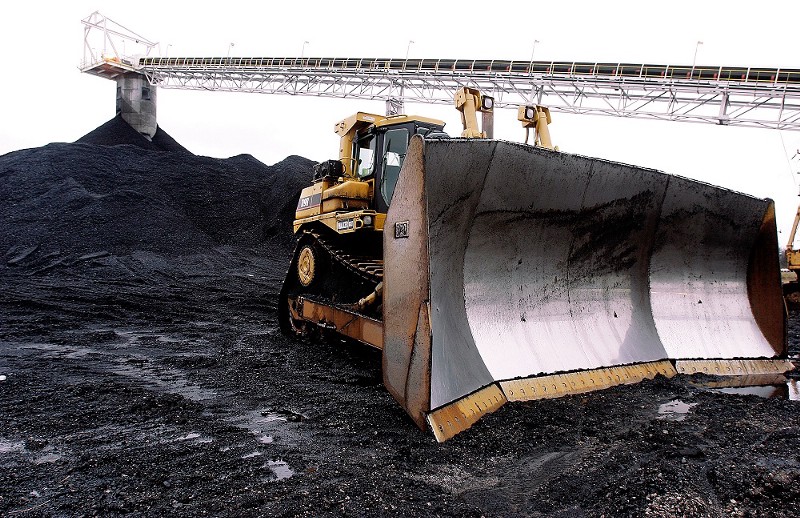When it comes to paying for publicly-owned coal, the industry is getting a great deal. The American taxpayer, on the other hand, is being shorted not just by coal companies but by loopholes and generous subsidies on the part of the federal government, according to a new study released Wednesday.
The report examines the federal coal leasing program managed by the Interior Department’s Bureau of Land Management (BLM), and the royalties collected by the agency. The analysis by Headwaters Economics, an independent research group based in Bozeman, Montana, found that the coal industry is paying an effective royalty rate of just 4.9 percent on the value of coal mined from public lands, most of it from Wyoming and Montana. That is well below the 12.5 percent royalty rate companies are supposed to pay under federal law for surface mined coal and the 8 percent royalty rate for underground coal.
Lax regulation and loopholes in the program’s administration have cost the Treasury about $775 million between 2008 and 2012, according to the study.
The analysis, “An Assessment of U.S. Federal Coal Royalties,” is the latest in a growing list of highly critical reports on the federal coal program by government watchdog agencies and private sector entities. It covers some of the same ground as a recent Center for American Progress report on measures that should be taken to close loopholes and reduce subsidies lavished on the coal industry by the Department of Interior.
The CAP report detailed how two arms of the Interior Department, the BLM and the Office of Natural Resources Revenue (ONRR) “use their royalty-collection authority to subsidize coal production on federal lands” and how “coal companies, in turn, have learned to maximize these subsidies by shielding themselves from royalty payments through increasingly complex financial and legal mechanisms.”
Straightforward requirements in federal law — that the royalty on surface mined coal is 12.5 percent and the royalty on underground mine coal is 8 percent — have been evaded by how companies market federal coal, which accounts for about 40 percent of total U.S. production. Instead of assessing the royalty on the price paid by the final customers, in most cases utility power plants, royalties are often assessed based on the sales price at the mine-mouth. That initial sales price is often far less than the actual market price reached as coal is moved along by brokers which are often subsidiaries and affiliates of the big parent coal companies.
The CAP report found that big coal companies such as Peabody Energy, Alpha Natural Resources, Arch Coal and Cloud Peak Energy have set up hundreds of such subsidiaries.
Those “captive” transactions are the biggest factor in giant coal companies paying far less in royalties than they are required to under federal law, an effective rate of 4.9 percent compared to the statutory rates of 12.5 percent and 8 percent. In addition, the BLM has the authority to reduce royalties if companies face unfavorable economic conditions. And the system also permits coal companies to deduct the costs of transporting coal, and washing it prior to shipments — with no limit on those deductions.
Reforming the system by basing royalties on market prices could increase federal collections from the $3.9 billion that was collected between 2008 and 2012 to as much as $9.5 billion, according to the Headwaters Economics report. That means more than $1 billion per year in additional revenue for taxpayers and states.
The BLM is currently in the process of writing new rules on leasing and royalty collections in the coal program.
